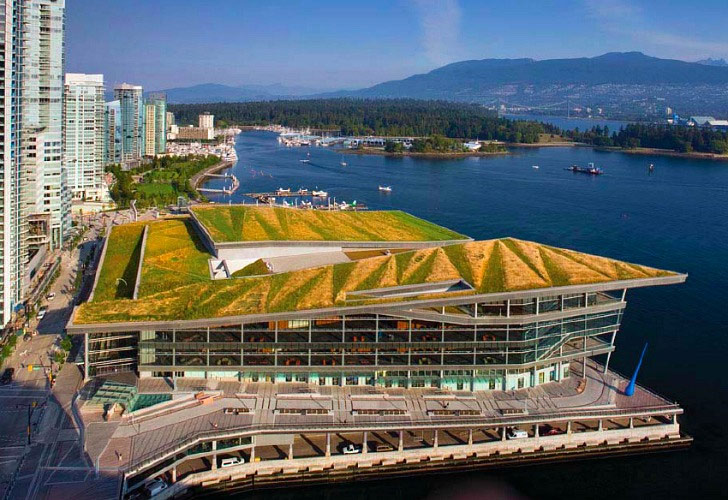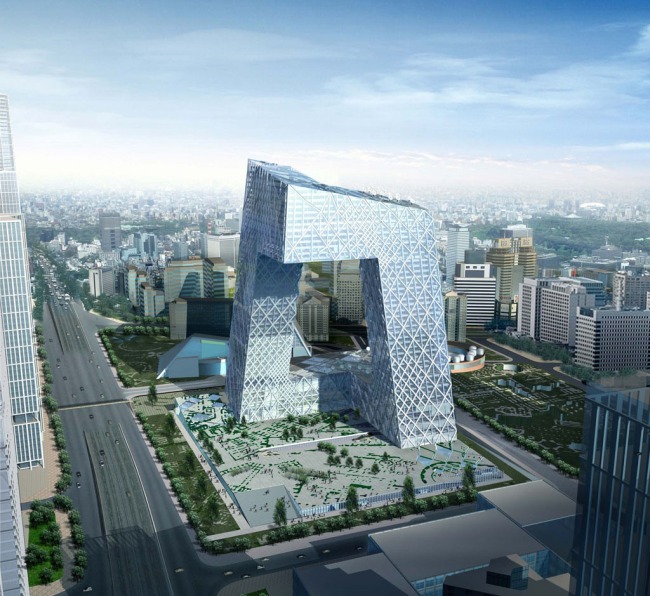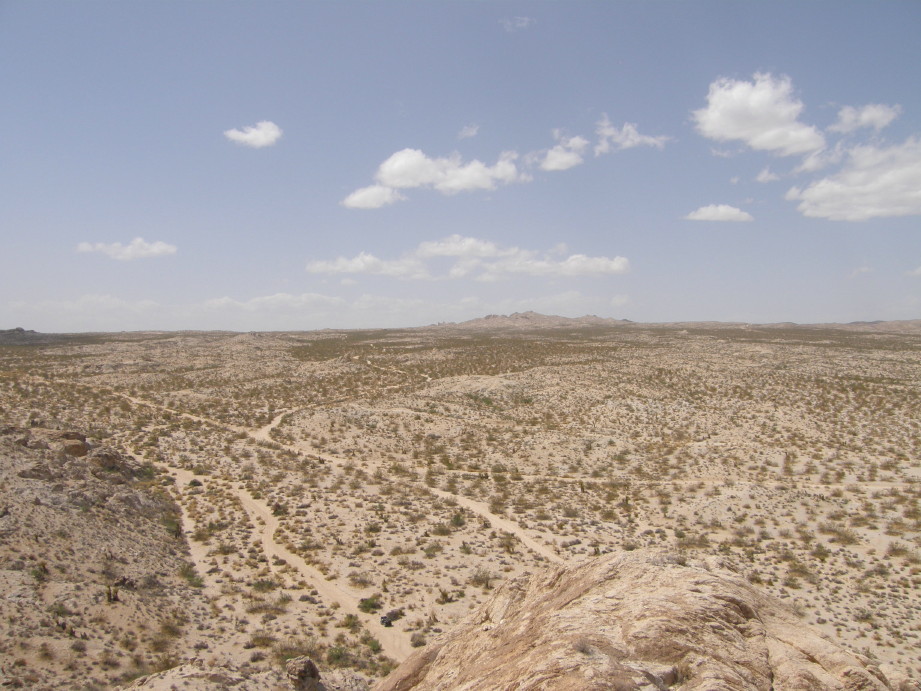Building information modeling provides us with intelligence at a new tempo and the opportunity to instantly generate altered documentation for all sectors in the architecture, engineering and construction industry including construction management, asset management, risk assessment, finance, real estate acquisition, permitting, installation, and design. We can generate architectural and engineer drawings color matched with installation preparedness documentation, construction schedules, quantity and cost lists, results from databases of engineering equipment and design submittals and proven means and methods for installation*, charts and graphs representing project cost, schedule, and value performance prepared for clients, financers, and other stakeholders, and a live building information model displaying project progress and design development. Sustainability charts and value engineered percentage of improvement graphs can be generated instantly and communicated to all parties. Color and different symbolic links between documents would allow parties across professions to analyze real construction data simultaneously as soon as decisions are made or options are considered. Installers, financers, designers, general contractors, and even clients would gain a voice among all sectors. The risk of project delays is severely negated by often instantaneous construction installation documentation generated from workflow and scheduling driven by these and other integrated design and documentation practices. You have design equally pushed from all sectors, visually documented and communicated. You also have a mass of new intelligence informing the design. The installers can inform the architectural and engineering designers, the bankers can inform the general contractors, and the architectural and engineering designers can inform the financers and clients with live numbers. Conversations about LEED and value engineering, solar subsidies and high tech investment can be quantified weekly if not daily with cogent documents.
*Some contract firms assign installers and managers to document means and methods proved during the construction phase of a project using digital software or pen and paper. These records are processed at a CAD/BIM department, then stamped and signed off by the installers, and catalogued in a database for future reference. On future projects, lists of details and means and methods can be retrieved and confirmed and insured by the sign off party and other responsible parties as useable, or rejected and applied as continued expansion of research and development. Eventually, published documentation of means and methods catalogue the contractor firm’s research and development, engineering unknowns. These are shared with engineering firms, schools and certain discipline related agencies, and treated as and processed into catalogues of engineering statistics or proposals for engineering research.











